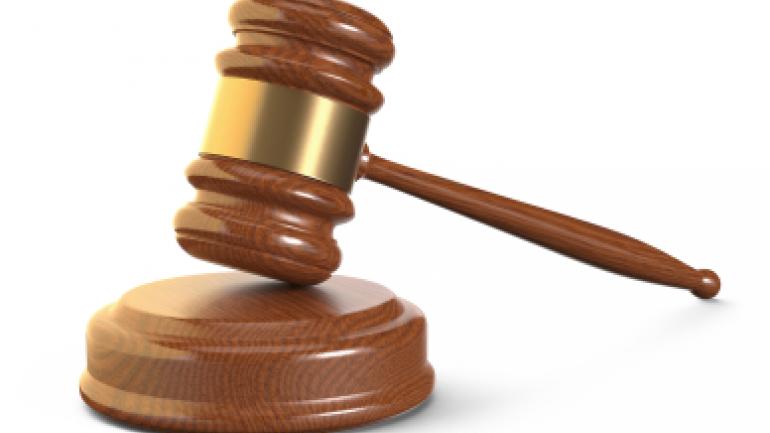
According to our most recent 2013 enrollment census, 75% of Gateway’s student body is comprised of students of color. Because of our efforts to give every child the chance to reach his or her potential, we must often embark on uncomfortable conversations concerning race, socioeconomic status, and culture. Nowhere is this more important than in the protected, sacred space of the classroom. Gateway teachers take this responsibility seriously and bring their bravest selves into their work on a daily basis.
On February 26, 2012, the conversation on race took a surprising turn. George Zimmerman, a mixed-race Hispanic male and neighborhood watchman of a small gated community in Florida, shot and killed Trayvon Martin, a 17 year-old African American male high school student. Needless to say, the public outcry was voluminous, and the Gateway student body embarked on what would become a tremendous teaching moment. Eighteen months later, on July 13, 2013, George Zimmerman was acquitted of all charges in the death of Trayvon Martin.
Greg Grossman and Anne Kenner teach civics at Gateway High School. Their previous careers in law bring a slant to the high school often not afforded in a more traditional setting. Together with colleague John Neuberger, they decided to bring the Zimmerman trial into the classroom to create an open dialogue and teach critical thinking. Class norms and expectations were set from the start to provide a safe space and framework in which students could honestly and creatively explore the issue.
The team worried that the trial material might be too sensitive or emotionally charged for some of the students. Teaching materials were thin so they constructed the curriculum themselves. “You want to be build a culture of trust and respect among everyone in the classroom,” Mr. Grossman says. “Dealing with issues that have the potential to divide and break that trust can lead some students to avoid challenging issues.”
The students were even more resilient than expected. Together, teachers and students watched segments of the trial, read summaries of each witness' testimony, and discussed the higher standards of proof in a court of law and the disparities in public opinion. The students then wrote closing persuasive arguments for whichever side they chose. According to Mr. Grossman, no matter their allegiance, students navigated the process with sensitivity, maturity, and thoughtfulness. They even did some teaching of their own. “In reading 50+ thoughtful presentations (on both sides), many of them allowed me to see the case differently,” he admitted.
Each class holistically examined the trial and larger social issues. The truth is that neither would exist without the other. Intuitively, many teenage students already know this, but the study offered them concrete moments in a safe space to identify and parse out the reality. “What do you do with emotional outrage,” posits Mr. Grossman. “It’s essential to learn how to move past an emotional reaction when trying to reach a verdict or understand what transpired. The students have done very well in an emotionally and racially charged case. Many now see the complexities - which are true of most things when you look deep enough - regardless of whether the students came out of our study believing a guilty verdict or an acquittal was warranted. But we didn't stop there, as this issue is much larger than a court case or Trayvon's death. We looked at the impact of Trayvon's death in our society and how people could channel their outrage if they had it. We looked at how young people were uniting to try to bring real, positive change from this tragedy so our students could hopefully be inspired to work on issues that speak to them and understand that change only happens when people demand it.”
The team’s instincts mirrored those of others in the field. It wasn’t long after the Zimmerman segment at Gateway that educational publications from all over the country were sharing their own stories of using the Zimmerman trial as a teaching tool. The case had stirred a nation, and educators were quick to seize the moment. Before giving the outcome more time to fester in young hearts, and before students made unswayable decisions based on media rhetoric and pop-cultural influence, a few teachers stepped in to view the tragedy through the lens of “now.” The tougher conversation of “what next” has ignited a thoughtful discourse amongst students and the broader Gateway community. That racial bias informs and shapes American culture on a daily basis is not the issue, it is how students learn to confront and untangle it in their own personal, thoughtful, and informed ways.